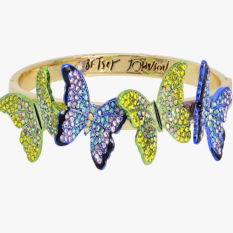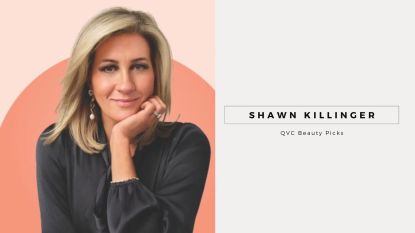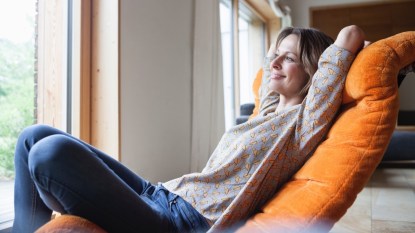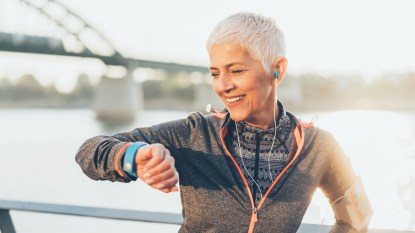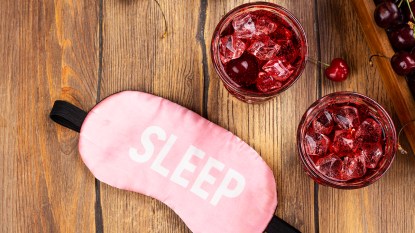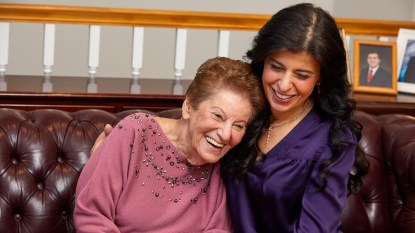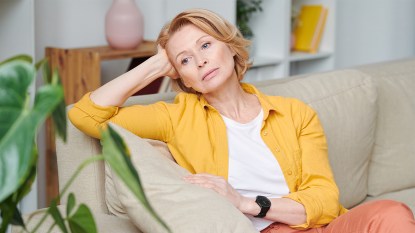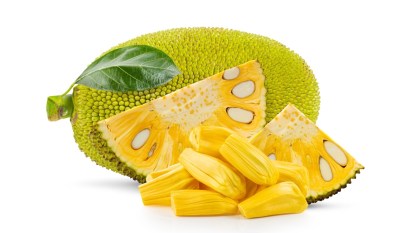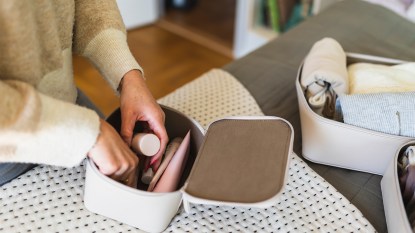Fade Even Stubborn Liver Spots With These Dermatologist-Approved Remedies
Enjoy brighter, younger-looking skin from head-to-toe
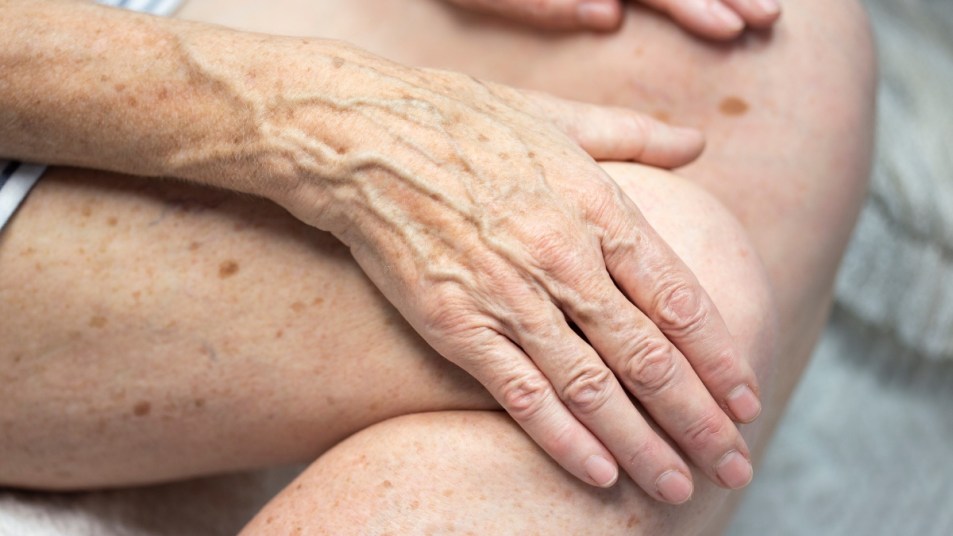
While the freckles we had in our youth were considered cute, larger brown liver spots (also known as age or sun spots) that have formed on the face, arms, hands, or shoulders over time are more aggravating than adorable. Hormonal shifts and years of exposure to UV rays puts production of melanin (skin’s pigment) into overdrive. This leads to patches of dark brown spots and an uneven skin tone.
Luckily, reversing the damage at home is possible. The key? “Treating liver spots sooner rather than later,” says board-certified New York City dermatologist Debra Jaliman, MD, author of Skin Rules: Trade Secrets from a Top New York Dermatologist (Buy from Amazon.com, $16.99).
The best way to treat smaller, lighter liver spots
One of the easiest ways to fade new spots: Apply a little aloe vera gel, recommends Dr. Jaliman. Research in the journal Plant Medica found that aloe’s brightening compounds aloin and aloesin break up patches of excess melanin in skin cells. Plus, the two compounds prevent the overproduction of melanin to thwart future discoloration. To get the benefits, simply rub aloe vera gel squeezed from the inside of a fresh aloe leaf onto discolored skin up to three times a day.
No aloe on hand? No problem! A popular skin-lightening ingredient that’s likely stashed in your pantry is apple cider vinegar (ACV). Apple cider vinegar’s alpha hydroxy acids encourage cell turnover to reveal brighter, more even-toned skin, research reveals. To boost your results, try mixing the vinegar with a little plain yogurt (its lactic acid further exfoliates skin). To do: Mix 1 Tbs. of plain yogurt and ¼ tsp. of ACV. Apply to spots; rinse after 20 minutes. Use at least three times a week to see a difference in two weeks.
The best way to treat mid-size, darker liver spots
“Vitamin C works wonders for liver spots,” notes Dr. Jaliman. The nutrient not only boosts cell turnover to fade discoloration, but it also stimulates skin-firming collagen production and improves skin’s texture. Plus, the antioxidant inhibits the overproduction of melanin to prevent new spots from forming. Simply dab spots with a vitamin C-infused gel, like Garnier SkinActive Clearly Brighter Dark Spot Corrector (Buy from Amazon.com, $17.49), twice daily for noticeable results in as little as two weeks.
In addition to Vitamin C, consider using kojic acid, which is derived from shiitake mushrooms and fermented rice. It inhibits the production of tyrosinase, the enzyme that produces melanin. When applied to skin, it brightens spots without lightening surrounding healthy cells for skin that’s uniform in tone. To do: Massage a pea-size amount of a kojic acid–infused night cream, like Eva Naturals Kojic Acid Skin Brightening Cream (Buy from EvaNaturals.com, $15.95) all over clean skin before bed nightly for results in six to eight weeks.
The best way to treat large, stubborn spots
If your liver spots are frustratingly big, plentiful, or tough to remove with the above treatments, consider asking your doctor for a prescription cream that includes a combination of hydroquinone and tretinoin. Dr. Jaliman explains that prescription Tri-Luma cream contains both: hydroquinone is a bleaching compound that lightens spots by decreasing the number of melanocytes (melanin-producing cells) that are present in the skin. And tretinoin is a vitamin A-derived retinoid that increases cell turnover to slough off even the darkest, most stubborn spots. An eight-week course of Tri-Luma is generally prescribed, and the cream completely clears spots for 77% of of users in that time frame.
Looking for an instant fix?
To disguise your liver spots while the treatments above work their magic, sweep on a CC cream. The lightweight foundation’s color-correcting pigments apply a wash of color over skin to conceal discoloration instantly. Plus, one like IT Cosmetics Your Skin But Better CC+ Cream with SPF 50+ (Buy from Sephora.com, $21) contains licorice root extract.
The cream has lightening compounds that work like a bleaching agent to gently lighten and fade existing spots as well as SPF to prevent new spots from forming. Simply dampen a makeup sponge — the moisture keeps foundation from looking cakey or settling into lines — and use it to apply two pumps of the cream onto a clean face or areas with liver spots; blend well.
This content is not a substitute for professional medical advice or diagnosis. Always consult your physician before pursuing any treatment plan.

